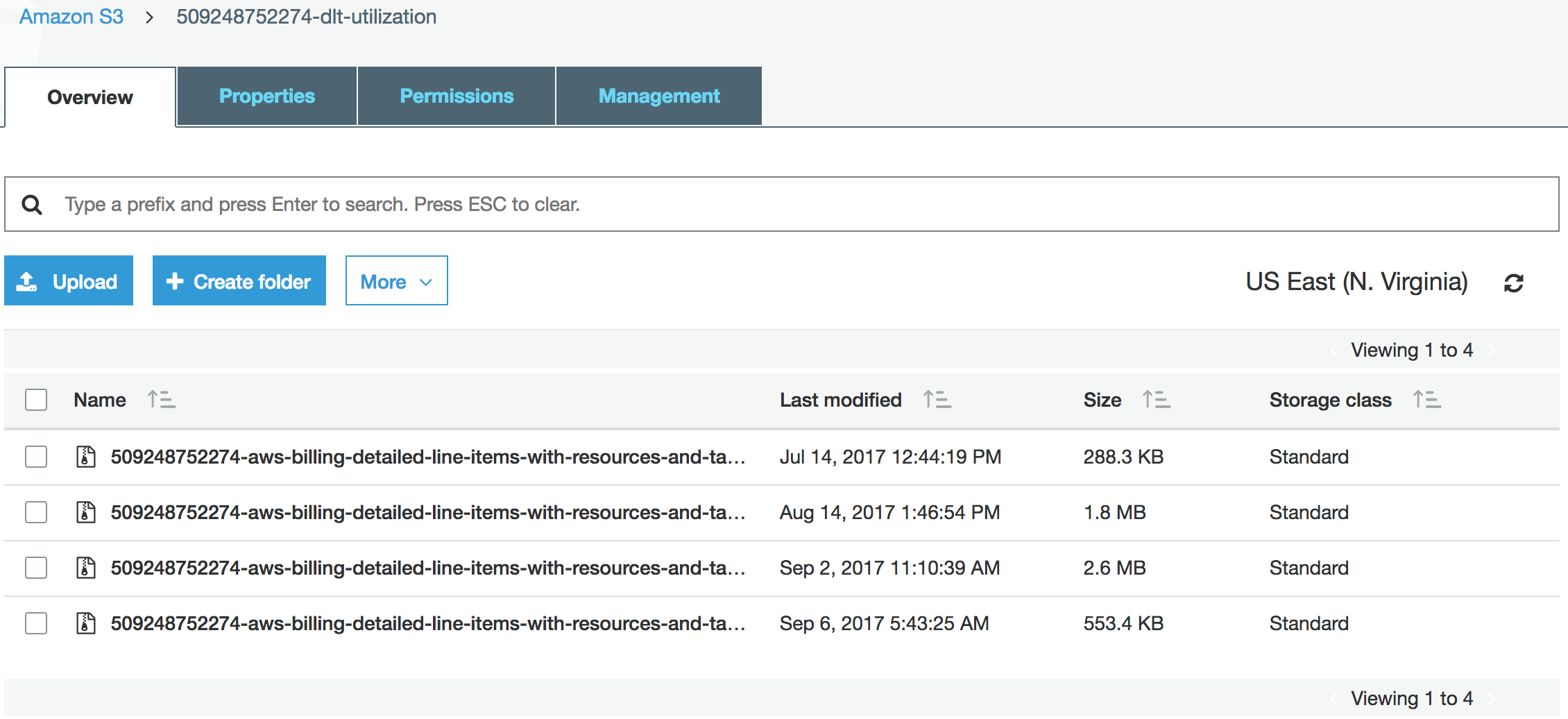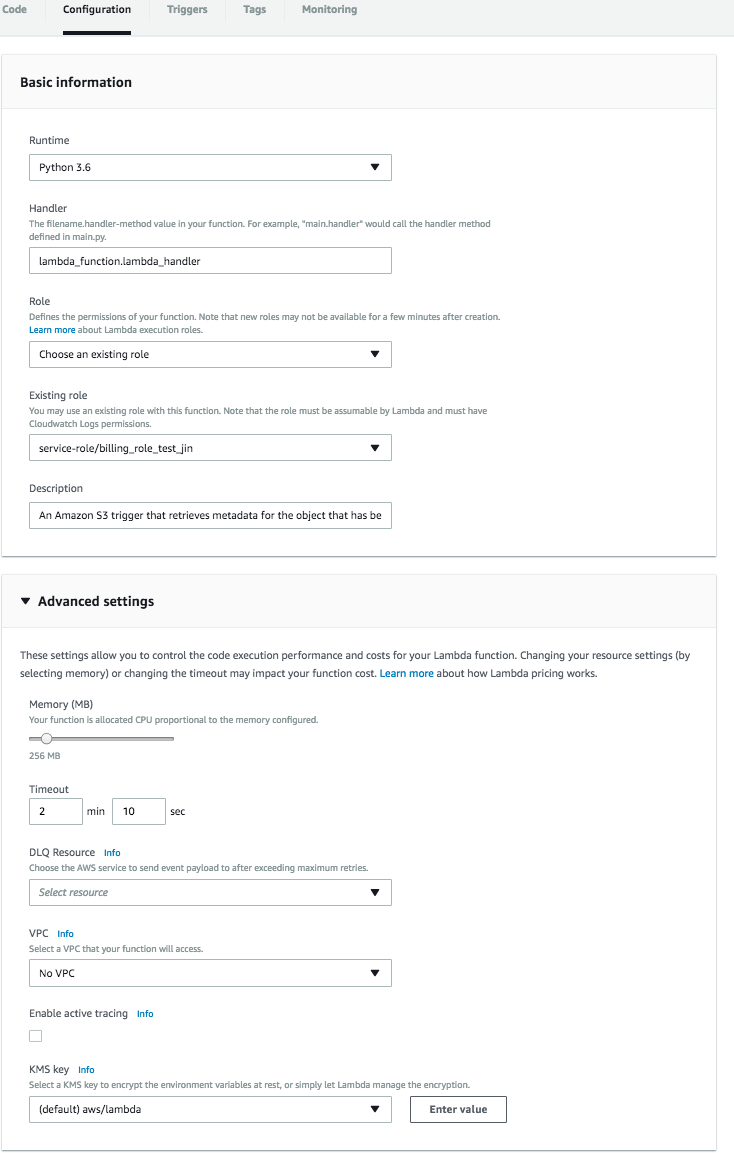CC*IIE Remarks
Objective and Approach
The overarching goal of this project is to create a cost notification system to send cost summary of Amazon Web Services resources on a daily basis so that account owners can monitor costs and prevent overspending. There currently does not exist any free pre-canned solution for cost notification.
Solution
We use a combination of AWS Lambda, AWS Simple Notification Service(SNS) and S3 to create a cost summary framework that delivers a summary of spend based on tags and users, with the costs extracted from the DLT billing record. The DLT billing record is delivered twice daily to an s3 bucket, which triggers an event calling the AWS Lambda function. The AWS Lambda function in return combs through the DLT billing record (which is a comma separated value spreadsheet), and sums the costs of resources based on cost tags. The cost of untagged resources are also calculated. The summary of costs are then sent to an email list through AWS SNS.
Results
We have developed a cost notification system that sends an email to subscribers on a daily basis. The Lambda code and configuration is detailed below.
Introduction
The Email notification system is designed to send cost summary on a daily basis to subscribed emails. This system is based on AWS Lambda serverless computing framework, Simple Notification Service (SNS) and Simple Storage Service (S3). The figure below illustrates the system architecture.

DLT has set up a pipeline that keeps billing record in an S3 bucket, named as 509248752274-dlt-utilization in the US East(N.Virginia) region. This bucket gets updated on a daily basis. All the billing information is recorded in compressed csv format. The daily update will trigger the Lambda service, which is currently called “billing_test_jin” in the US East(N.Virginia) region. This service consists of Python scripts that will download and parse the billing record from the S3 bucket. The script will also aggregate cost information based on tags and resource type (e.g. Elastic Computing Service). For untagged billing, the script will summarize cost by resource ID if the resource ID appears in the file. Once the Lambda done with these, the SNS will be triggered. The SNS is currently named as “Billing_Notification” in the same region with the S3 bucket and the Lambda. The SNS will send Lambda cost summary to subscribed emails.
A detailed walkthrough of this system can be seen from the following.
More details…
1, Billing Information in the S3 bucket
The billing record is located in the “509248752274-dlt-utilization” S3 bucket of the US East(N.Virginia) region. The following screenshot shows the files in this bucket. The billing information of a certain day can be found in the compressed csv file with the corresponding date in the file name. For example, the billing information of Aug, 9th 2017 will appear in the file named as “509248752274-aws-billing-detailed-line-items-with-resources-and-tags-2017-08.csv.zip”. However, the billing information of the first day of every month might appear in the zipped csv file of the previous month.

2, Lambda service
The current version of lambda service was written in Python 3.6. The Lambda will get triggered once the “509248752274-dlt-utilization” S3 bucket gets updated. The Python code will download and unzip the most recently modified file from the bucket to local machine in the /tmp/ directory. Then the code will parse and summarize the billing information by aggregating costs based on user tags. If there is no any tag associated with the cost, the code will add up costs based on its resource ID. All costs without either user tags nor resource ID will be summed up together. There are two types of costs, blended costs and unblended cost. A good explanation of blended and unblended rate can be found from this article: https://www.cloudyn.com/blog/blended-rates-vs-unblended-rates-real-life-use-case/
The following screenshots show the configurations of the Lambda service.


3, Simple Notification Service (SNS)
After parsing and summarizing the file, the Lambda service will send a long string to the SNS containing all the cost information and its associated tags or resource ID. The screenshot below shows details of the SNS setup.

Links
Heads-up
-
The S3 bucket for billing information does not always get updated daily. The update might take a vacation during the holidays!!! So should we consider to send 2 day or 3 day summary information to users in order to avoid missing anything?
-
All time related information is based on UTC time zone!
Next steps
- aggregate total